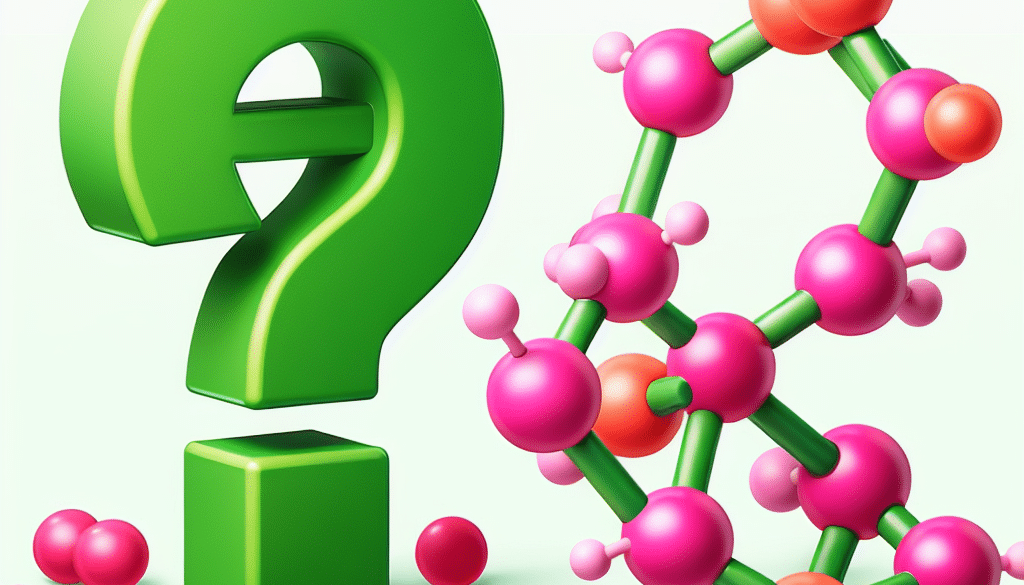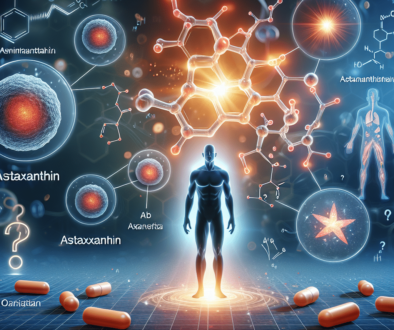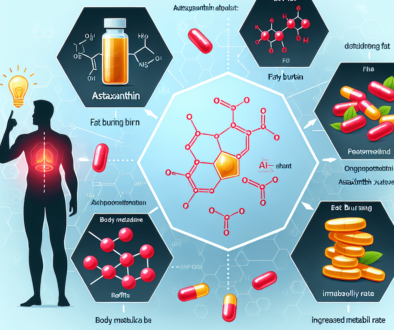Does astaxanthin replace vitamin E?
-
Table of Contents
- Astaxanthin and Vitamin E: Complementary Antioxidants or Substitutes?
- Understanding Antioxidants: Vitamin E and Astaxanthin
- The Role of Vitamin E in the Body
- Astaxanthin’s Unique Antioxidant Properties
- Comparing Astaxanthin and Vitamin E
- Can Astaxanthin Replace Vitamin E?
- Combining Astaxanthin and Vitamin E for Optimal Health
- Food Sources and Supplementation
- Conclusion: The Synergy of Astaxanthin and Vitamin E
- Discover ETprotein’s High-Quality Protein Products
Astaxanthin and Vitamin E: Complementary Antioxidants or Substitutes?
Antioxidants play a crucial role in protecting our bodies from oxidative stress and the potential damage caused by free radicals. Among the plethora of antioxidants, vitamin E and astaxanthin have garnered significant attention for their health benefits. However, a common question arises: can astaxanthin replace vitamin E? This article delves into the science behind these powerful antioxidants to explore their functions, benefits, and whether one can substitute the other.
Understanding Antioxidants: Vitamin E and Astaxanthin
Vitamin E and astaxanthin are both antioxidants, but they have different structures and functions within the body. Here’s a closer look at each:
- Vitamin E is a fat-soluble vitamin that exists in eight chemical forms, with alpha-tocopherol being the most active in humans. It protects cell membranes from oxidative damage and plays a role in immune function, DNA repair, and other metabolic processes.
- Astaxanthin is a carotenoid pigment found in certain algae, yeast, salmon, trout, krill, shrimp, and other seafood. It is known for its potent antioxidant properties, which are said to be stronger than those of vitamin E. Astaxanthin also has anti-inflammatory effects and can cross the blood-brain and blood-retinal barriers, potentially benefiting cognitive and eye health.
The Role of Vitamin E in the Body
Vitamin E is essential for maintaining the integrity of cell membranes and preventing oxidative damage. It acts as a chain-breaking antioxidant, stopping the propagation of free radicals in fats and lipids. Vitamin E’s benefits include:
- Protecting polyunsaturated fatty acids (PUFAs) within cell membranes
- Improving skin health by reducing UV-induced damage
- Supporting immune function, especially in the elderly
- Playing a role in neurological function and prevention of diseases like Alzheimer’s
Astaxanthin’s Unique Antioxidant Properties
Astaxanthin is often hailed as a “super antioxidant” due to its unique molecular structure that allows it to reside within the cell membrane and provide protection from both the inside and outside. Its benefits include:
- Neutralizing free radicals and protecting against lipid peroxidation
- Reducing inflammation and pain associated with joint diseases
- Improving endurance and exercise recovery
- Enhancing skin health by improving moisture levels, elasticity, and smoothness
- Supporting eye health by reducing the risk of cataracts and age-related macular degeneration
Comparing Astaxanthin and Vitamin E
While both astaxanthin and vitamin E are antioxidants, they have different potencies and work in various parts of the cell. Some studies suggest that astaxanthin is a more powerful antioxidant than vitamin E, but this does not necessarily mean it can replace it. Each has unique roles and benefits that complement each other.
Can Astaxanthin Replace Vitamin E?
The short answer is no; astaxanthin cannot replace vitamin E. While astaxanthin is a powerful antioxidant, vitamin E has specific roles that are not replicated by astaxanthin. For example, vitamin E is essential for neurological function and cannot be substituted by astaxanthin. Moreover, the body’s requirement for vitamin E is well-established, whereas astaxanthin is not considered an essential nutrient.
Combining Astaxanthin and Vitamin E for Optimal Health
Instead of replacing one with the other, it is more beneficial to include both astaxanthin and vitamin E in your diet. They can work synergistically to provide comprehensive antioxidant protection. For instance, vitamin E can recycle oxidized astaxanthin, effectively restoring its antioxidant capacity.
Food Sources and Supplementation
To ensure adequate intake of both antioxidants, consider the following food sources:
- Vitamin E: Nuts, seeds, spinach, broccoli, and vegetable oils
- Astaxanthin: Wild-caught salmon, trout, krill oil, and astaxanthin supplements
Supplementation may be beneficial for those who do not consume enough of these nutrients through their diet. However, it’s important to consult with a healthcare provider before starting any new supplement regimen.
Conclusion: The Synergy of Astaxanthin and Vitamin E
In conclusion, astaxanthin does not replace vitamin E, but rather complements it. Both antioxidants offer unique benefits and work together to protect the body from oxidative stress. Incorporating a variety of antioxidant-rich foods into your diet is the best way to ensure you’re getting the protective benefits of these and other nutrients.
Discover ETprotein’s High-Quality Protein Products
If you’re looking to enhance your diet with high-quality protein and antioxidants, consider ETprotein’s range of products. They offer a variety of organic bulk vegan proteins that can be a great addition to a health-conscious diet. Their products are non-GMO, allergen-free, and feature a neutral taste, making them an excellent choice for anyone looking to boost their protein intake.
About ETprotein:
ETprotein, a reputable protein and L-(+)-Ergothioneine (EGT) Chinese factory manufacturer and supplier, is renowned for producing, stocking, exporting, and delivering the highest quality organic bulk vegan proteins and L-(+)-Ergothioneine. They include Organic rice protein, clear rice protein, pea protein, clear pea protein, watermelon seed protein, pumpkin seed protein, sunflower seed protein, mung bean protein, peanut protein, and L-(+)-Ergothioneine EGT Pharmaceutical grade, L-(+)-Ergothioneine EGT food grade, L-(+)-Ergothioneine EGT cosmetic grade, L-(+)-Ergothioneine EGT reference grade and L-(+)-Ergothioneine EGT standard. Their offerings, characterized by a neutral taste, non-GMO, allergen-free attributes, with L-(+)-Ergothioneine purity over 98%, 99%, cater to a diverse range of industries. They serve nutraceutical, pharmaceutical, cosmeceutical, veterinary, as well as food and beverage finished product distributors, traders, and manufacturers across Europe, USA, Canada, Australia, Thailand, Japan, Korea, Brazil, and Chile, among others.
ETprotein specialization includes exporting and delivering tailor-made protein powder and finished nutritional supplements. Their extensive product range covers sectors like Food and Beverage, Sports Nutrition, Weight Management, Dietary Supplements, Health and Wellness Products, and Infant Formula, ensuring comprehensive solutions to meet all your protein needs.
As a trusted company by leading global food and beverage brands and Fortune 500 companies, ETprotein reinforces China’s reputation in the global arena. For more information or to sample their products, please contact them and email sales(at)ETprotein.com today.













